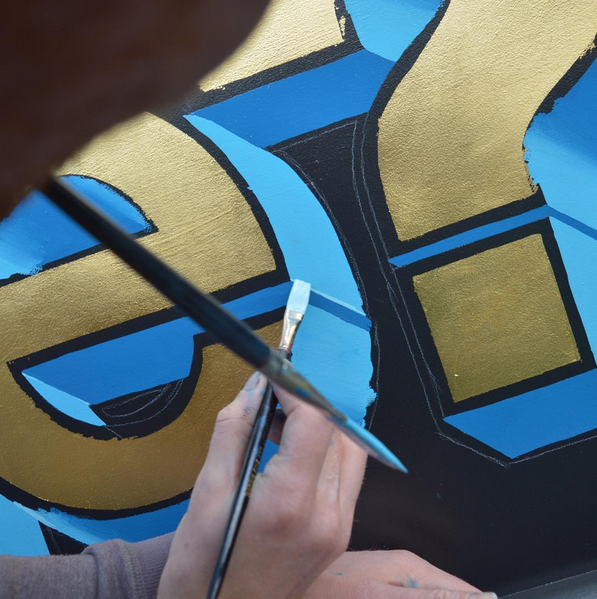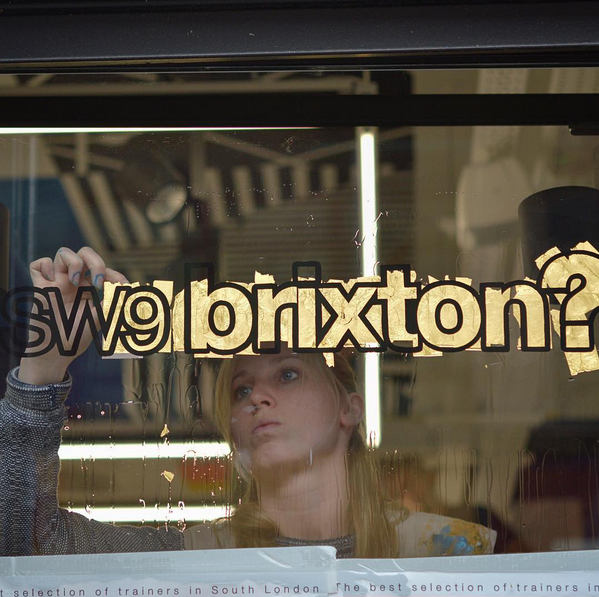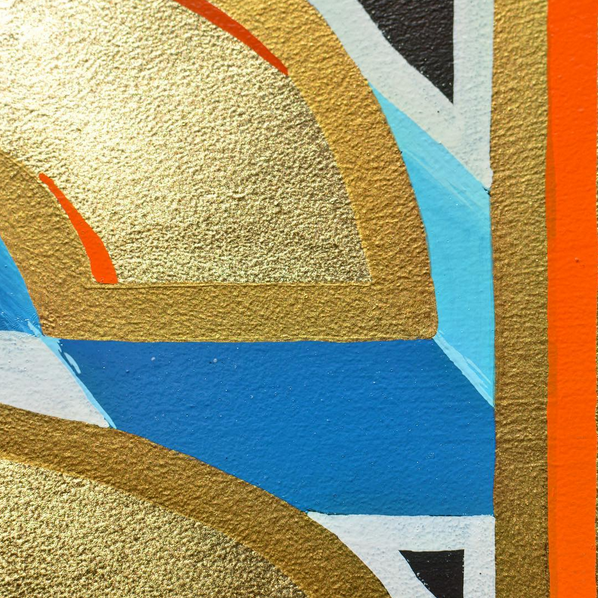5 Minutes with Sign Writing Jack

To add some detail to the new shop front on size? Brixton, we commissioned sign painter Jack Hollands to add his golden touch to the location. Working on both the brand signage and window address, he applied a combination of techniques to create the finished product. We sat down with Jack to find out how he first got into sign painting, and how it feels to continue evolving such a traditional practice.
Hi Jack! Could you briefly introduce yourself and tell us how long you’ve been sign writing for?
Hi James, my name is Jack Hollands AKA Signwriting Jack, I’m 27 years old and am from South West London. I’ve been signwriting full time since late 2012. Lettering has always been an interest for me.
Did you learn to sign write independently or was it more of an inherited skill?
In the summer of 2012 I spoke to David Adrian Smith, who told me some useful starter information, such as where to get lettering brushes and supplies from (A.S. Handover in Stoke Newington). Which books to buy to get me started and said he would be in London in a few months if I wanted to say hi in person. The day I cycled to Portobello Road to meet him, he had bumped into Nick Garrett that morning, painting up his ladder for Ami James and Huey Morgan’s new tattoo shop. He was working right around the corner, so I went and met him. I had seen Nick’s work online and knew he had an opening for an apprentice going. I was at uni still, so hadn’t applied for the place. Meeting Nick in person, and seeing how keen I was to learn, he was kind enough to work flexibly with my uni course and take me on board. I spent a little over a year working with him pretty much 6-7 days a week. That was a big learning curve for me, getting straight in there working for many prestigious clients with him. Working 1 on 1 with a supportive teacher like Nick gave accelerated my learning much faster than if I had been learning it all alone.
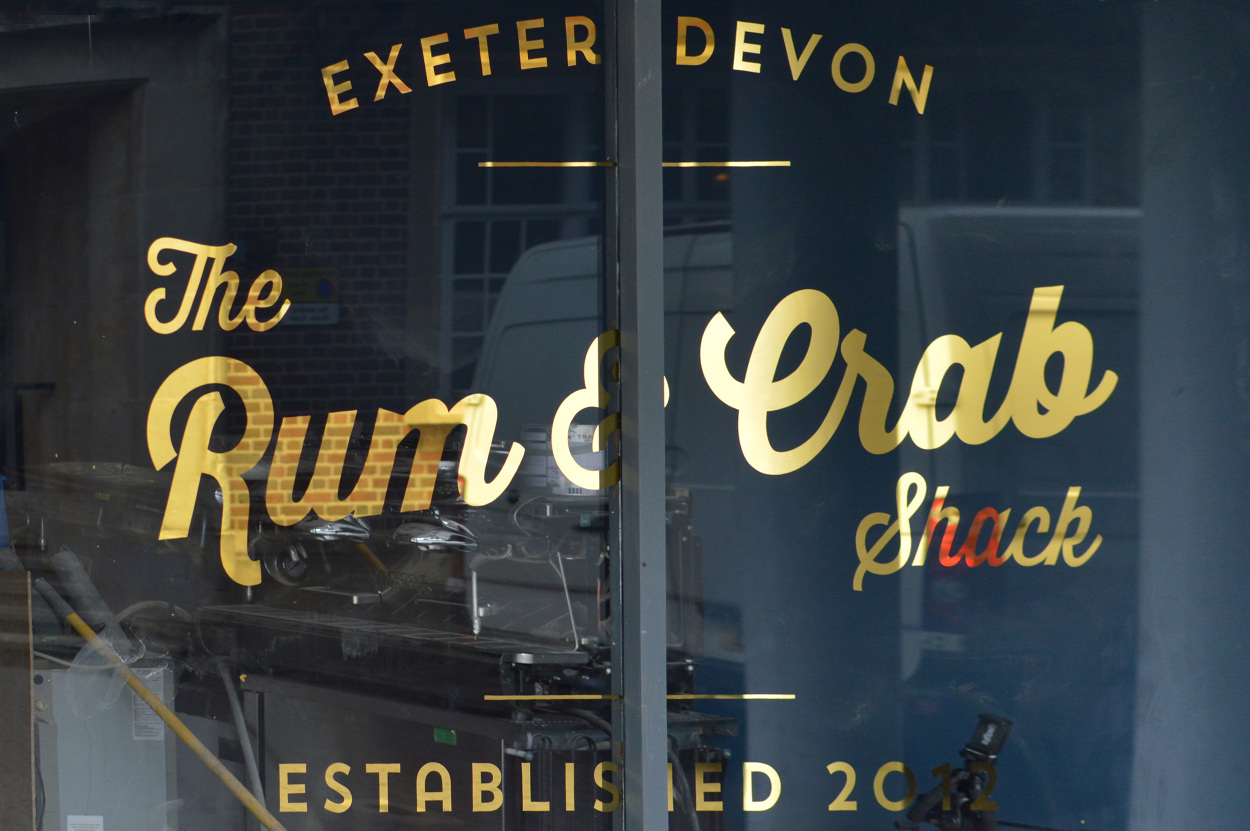
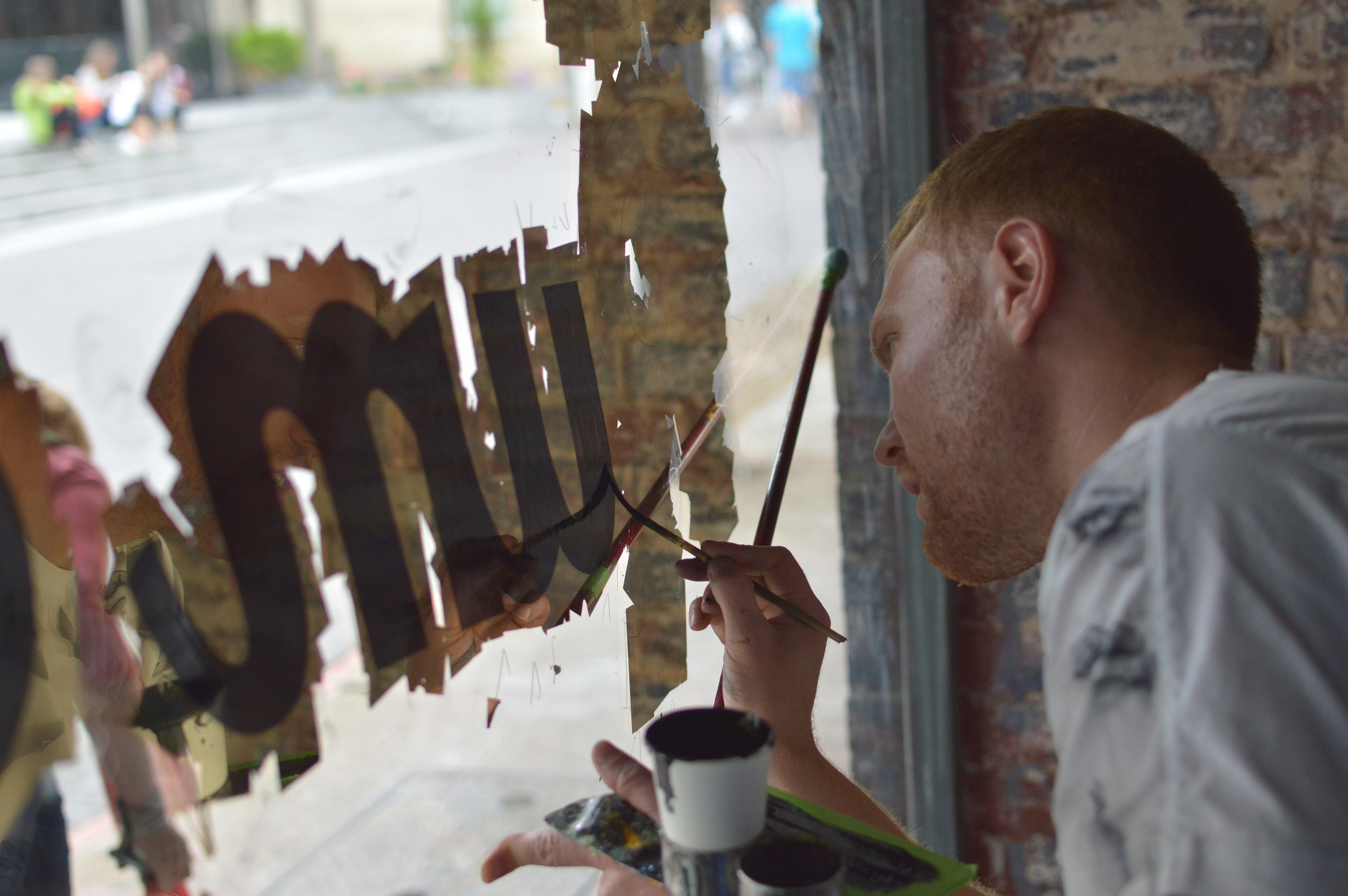
Is there still a great demand for hand created signs? I understand many businesses sometimes tend to take the lazy vinyl approach which just doesn’t have the same character as a hand painted one.
I think there’s been a growing demand for hand crafted signs, alongside people’s demand for all things craft and handmade. We live in a very digital world, where almost everything can be done or replicated by machines. The pendulum is starting to swing the other way, and people are wanting things that are real, will last and are made with time and care.
Are there any specific technical practices you enjoy doing more than others?
For me, I enjoy making gold leaf signs the most, especially onto glass. I wrote my dissertation on that aspect of the craft at university. Focusing that time on trying to understand what it was that I love about the artform helped me develop my own working processes and principals that I’ve carried on into my career.
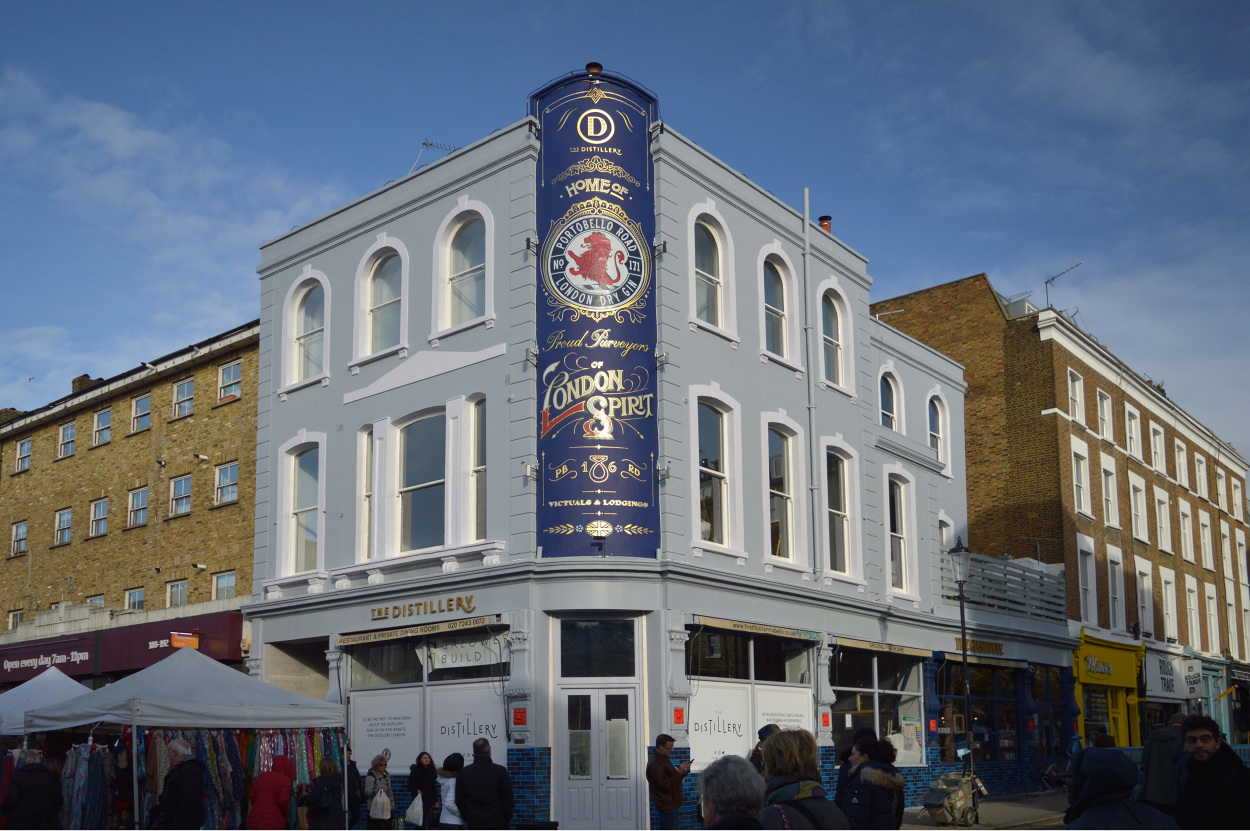
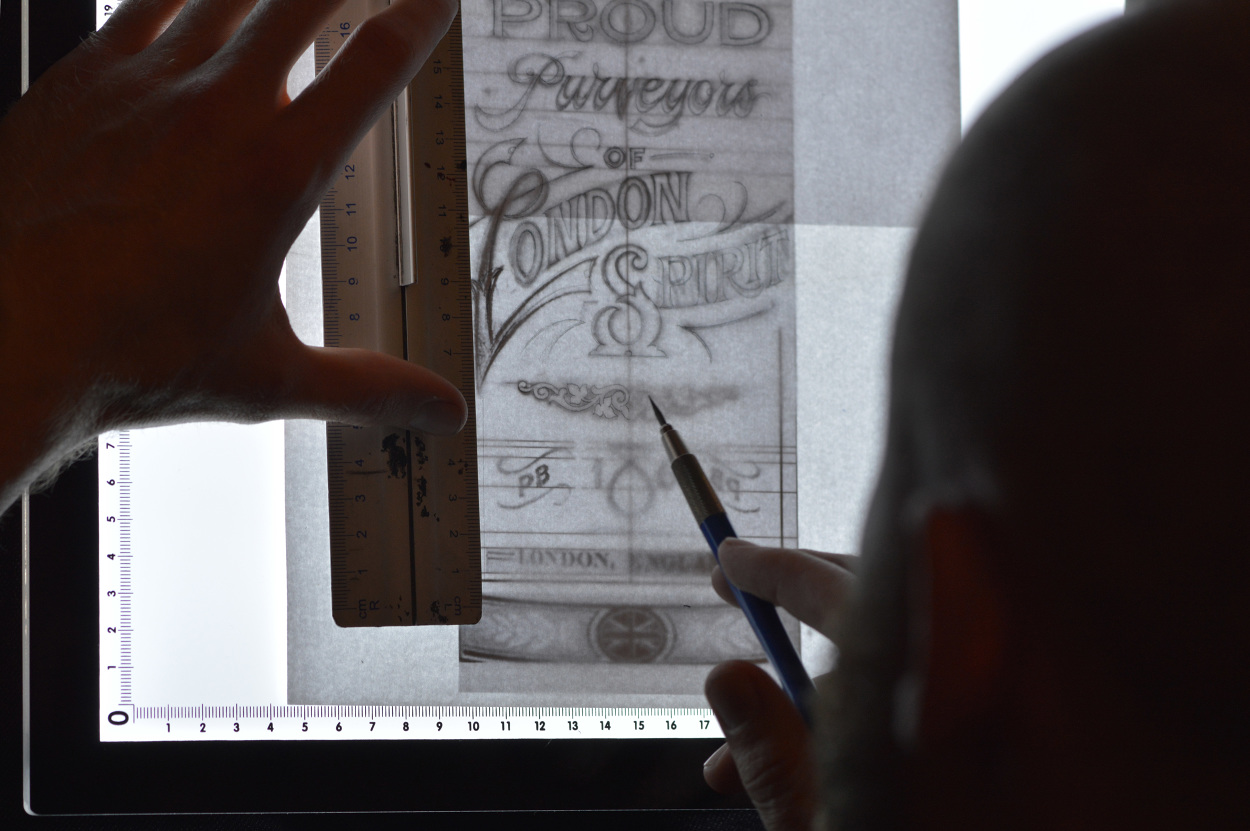
How did you find yourself transitioning from a graphic design background into more of a typography orientated career.
At university, I remember one of the tutors give a talk to the year group. She said that if any of us get into typography, and get good at it, we would never be out of work. I had always had an interest in lettering, so decided to focus on that part of graphic design from the beginning. When I started sign writing, it felt like I was finally free to do all of the things to type that I had wanted to, but didn’t know how. I could then mix all of the design principals of typography and layout and put them into my lettering.
What advice would you offer anyone interested in learning the trade to ensure they go the right way about it?
I get a lot of people show an interest in the trade. It’s a craft that takes time to learn and lots of study and practice. Most people give up too quickly, or try to learn things that are too complicated for them to really understand. You can’t start off learning gold leaf signs, you have to first understand the basics of lettering and painting. If you’re someone that’s loves typography and think that signwriting would be a good career for you, then get in touch and come along on some jobs. Start learning in your free time, I recommend learning the Roman lettering style first, as it is what most lettering is based on. Start by simply drawing the letters with pencil and paper. Copy good examples and don’t try to make things up from what you think you know. Originality and style will come later naturally and uncontrollably. You’ll never be any good if you don’t have a solid foundation in form.
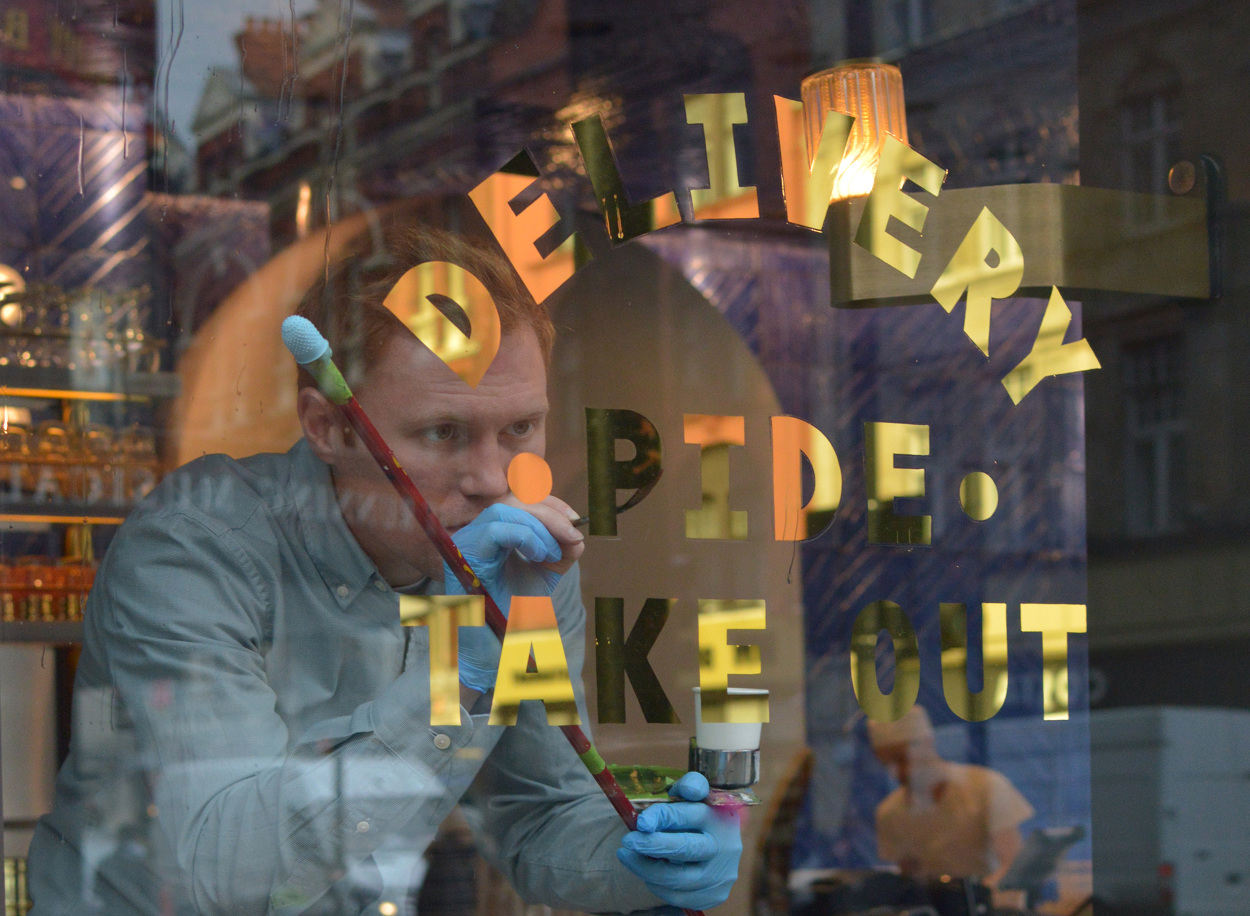

Has sign writing allowed you to travel the world or is the popularity predominantly based in the UK?
Just over a year ago, I decided to see what it was like living in Australia. I picked up some work there and was really lucky to help out the guys at Lynes & Co on some cool jobs. There’s a vibrant community spread out around the world. The internet has brought us all together, able to share our thoughts and passion with each other. You can’t talk to your average joe about what you do, they wouldn’t have a clue what you’re on about. However, when you meet another signwriter, you could be chatting non stop all day long and that’s exactly what we do. Recently, Better Letters Co has been organising workshops for people around the world. Allowing people like Mike Meyer and David Kynaston to visit many countries and bring their skills and knowledge to more and more people. I believe whatever town or country you’re in, you can find demand for signs.
Are there techniques out there you’re yet to introduce to your style of working? Anything you’d have to adapt to by working on a larger scale?
There’s always a new technique or method to learn, or style to pick up on. Culture is always changing, and much like fashion, tastes in lettering will continue to change over time. The tools used in lettering play a big factor in how the letters look. The computer is a new tool where the creation of letters is seeing some interesting new changes, from things like the apple pen, to new 3-D paint tools in virtual reality. Some techniques on glass that I would like to do more of can be very dangerous and you need a well setup workshop to do them safely. Acid etching is one technique like that. Scale does have an impact on working, I enjoy working big. I had loads of fun painting some billboards that went up in town with pollution paint for Tiger beer a couple of weeks ago. Working small requires a lot of focus, after working on small lettering for a few days solid, a foot tall letter is a breeze!
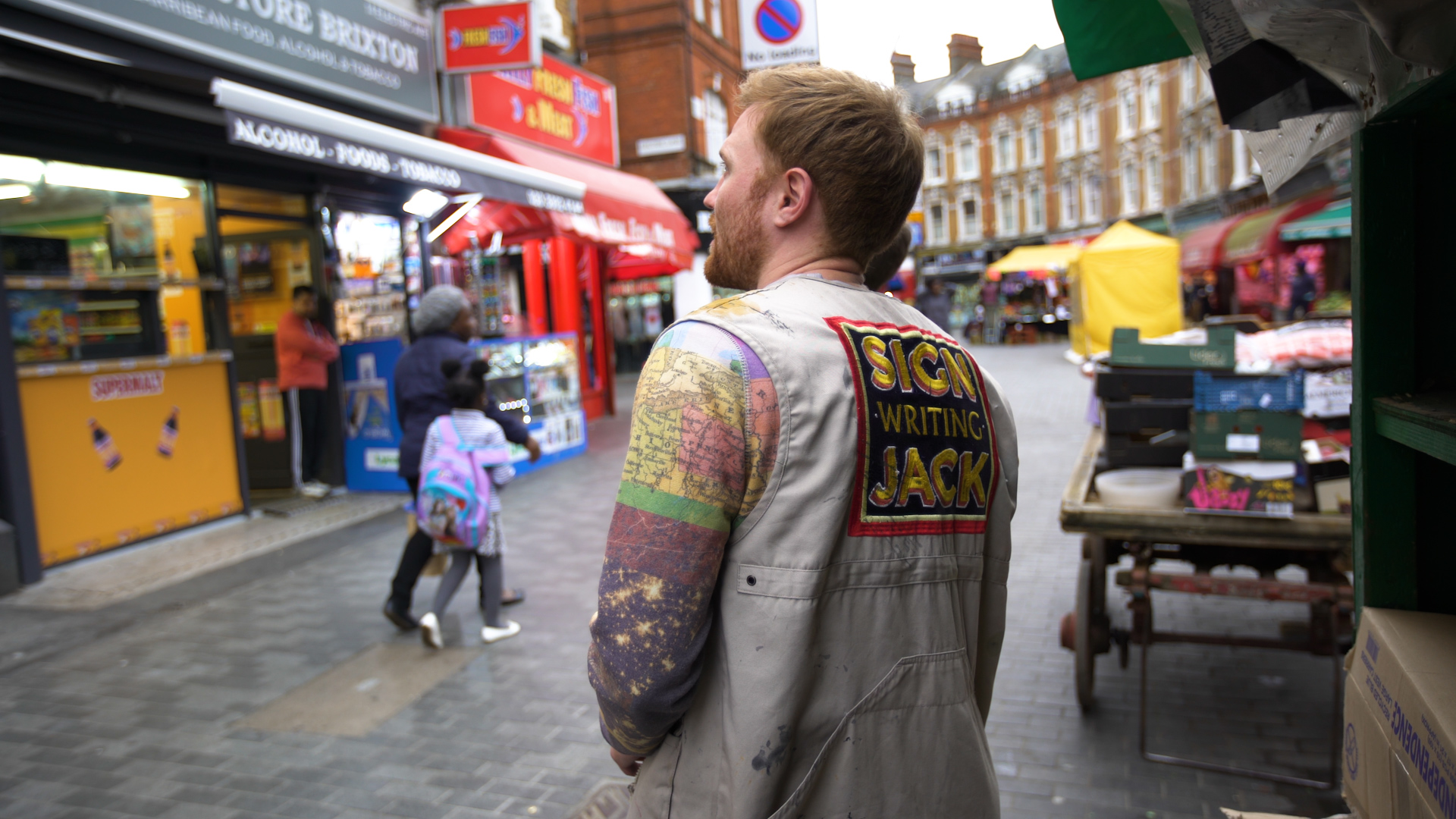
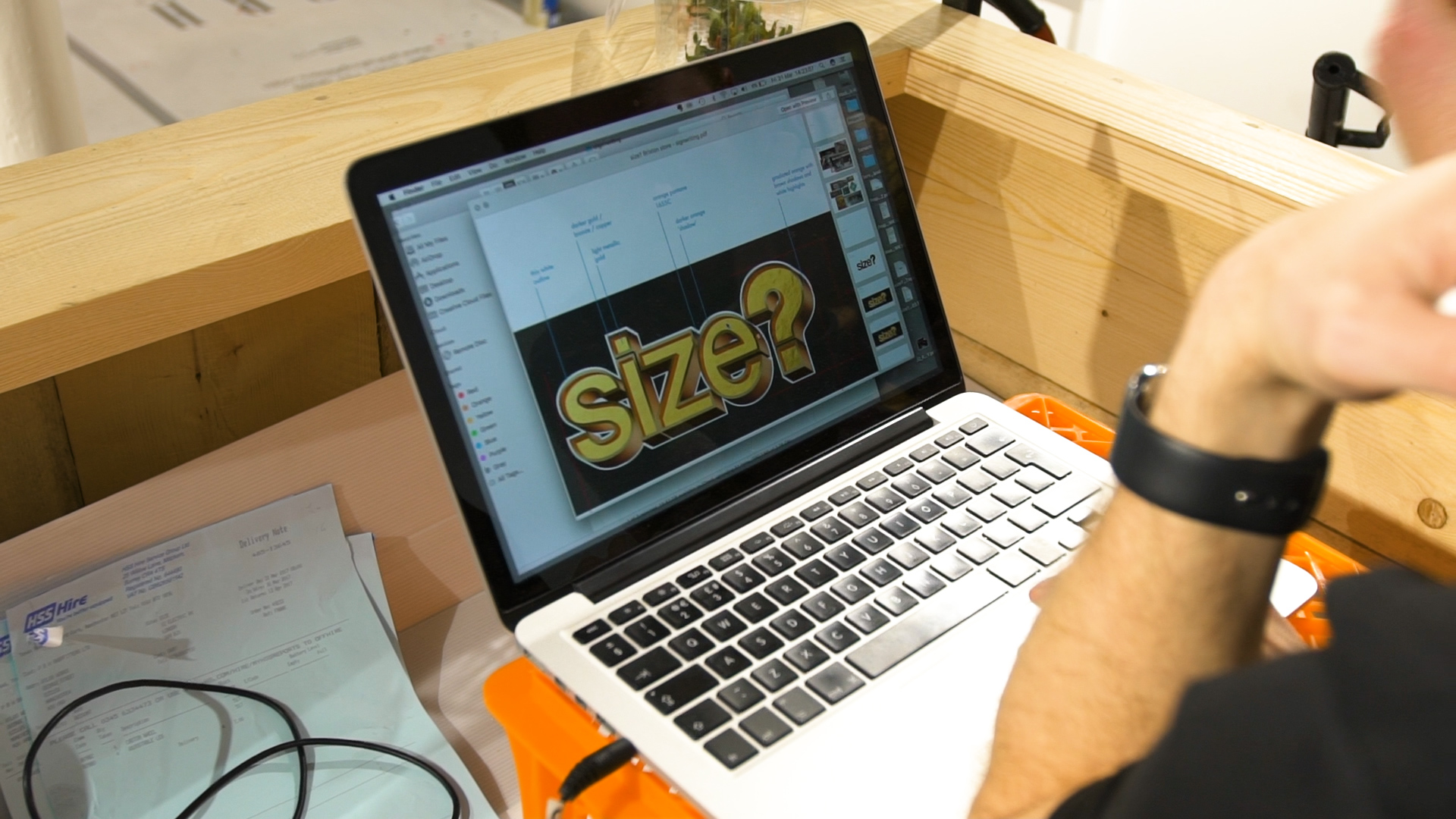
Do you think the traditional practice of sign writing can be updated without losing it’s character?
There’s been very little change in the traditions of signwriting over hundreds of years. Even with the advent of the internet and computers, vinyl plotters and having mock ups sent directly to your phone whilst you’re up a scaffolding in another country. It still comes down to somebody having to physically be somewhere to put that paint onto a surface. The beauty of the craft comes from every individual out there doing things that little bit differently from one another. Even when working side by side next to another signwriter, painting the exact same thing, you’ll each have your own preferred technique of painting which will show in the final outcome. The character of the trade is the amazing variety that you get. The only way to take that character away is to remove the creators from the equation completely.
Any exciting upcoming projects you’ve got coming up that you’re able to share?
I do! There’s a humbling job to do soon. I’m driving to Wales in a couple of weeks to work on Shrewsbury Cathedral with David Kynaston. We have some glass gilding to do there. Cathedrals and churches are filled with stunning craftsmanship and it’s a real honour to be one of those craftsmen adding to that world. After that we will be off to Amsterdam together to do a pictorial workshop with Jasper Andries for something a little different to lettering. Although I paint every day, I’ve never tried to paint people before!
Tell us a bit about what you’ve produced for our new size? Brixton store and how you went about creating it.
I went to meet Tom when the space was still being used by the previous tenants. I was shown the concepts for the store and the direction that it was going in. It was great to hear size? going back to it’s roots and opening stores more related to the communities that they are in. I’ve painted a few places in Brixton so we had a quick walk and talked about the colours and techniques about. There’s a cool butchers, also on Electric Avenue, that has some gold and glass signs. So doing some gilding wouldn’t be out of place on the windows to the store. I knew the store would be black, and Tom was keen to deviate from the classic orange logo. We still got a bit of the orange in there, and used a nice electric blue to compliment it on the blended shade. Different tones of gold were used to make the lettering really sing. The light hits the fascia all day and it changes depending on the angle or time of day that you’re looking at it. Working with pigment and real gold gives the signage a depth and quality that can’t be matched. Having the blends done by hand in the sunshine gives them that intense flavour that comes out when looking up. There’s so many great places to eat around the area I wish there was more to paint so I can have some more tasty lunches. It was great fun working in the market there, full of people from all over. I especially liked hearing the cockney guy selling his fruit, “Last o the shtrawberries, luvvly lemons!”.
Take a closer look at Jack’s work in person down at our size? Brixton store, located on Electric Avenue. In the mean time you can find more of his work on his website, and follow his adventures painting signs around the world on his Instagram.
